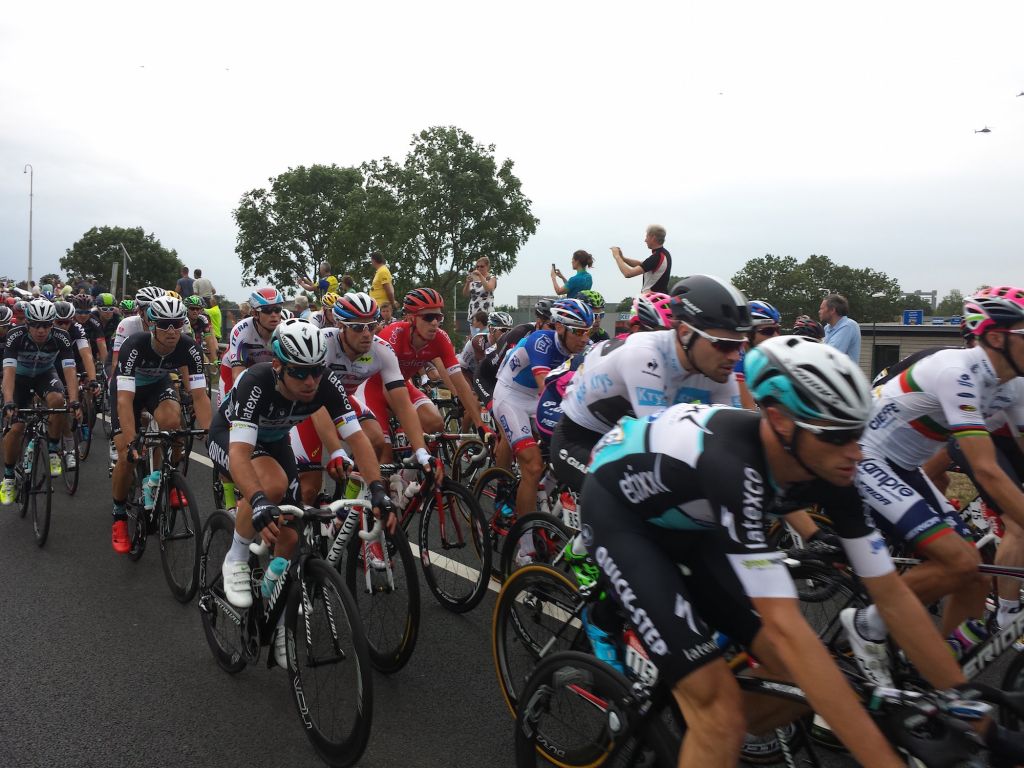
The cycling benefit of work balance
by bernt & torsten
I have done many long-distance cycle trips in Europe and North America, during the trips I had plenty of time to think about life in general and whatever comes up during a ride, lately, I been thinking about work balance and what cycling can teach.
While in the saddle, pedaling for eight hours a day, a typical day in the office for a busy professional, on the road you ride in all sorts of weather conditions. Coping with torrential rain throughout the day and night does build grit and resilience. Daily eight-hour bike rides give you a meditative period to sort out all the issues in your life – looking back and planning forward.
Training
While training for my long-rides – I work out with a local cycling club, when you are riding in a peloton there is a need of co-operation as people move to the front of the pack, cycle hard and then drop back to let others do the work for a spell. You automatically establish a group dynamics and teamwork, that comes naturally to the experienced riders in the peloton and can be difficult to newer riders with less peloton experience.
Rules of peloton
The rules of the peloton are that the cyclists at the front break the wind and set the pace as others in the team relax, caught in the draft, their work made easier. The cyclist in the front – pedal at a faster pace for five minutes than they would over the whole duration of a bike ride, they are carrying the rest of the peloton for that 5 minute period, knowing that they too will be able to relax once they have done their duty and can drop back.
Every member of that peloton needs to pay attention, riding tightly, to avoid crashes, while gaining efficiencies: the classic risk-reward. Peloton riding – teamwork – can yield efficiencies in the 10-20 percent range easily, while also increasing each individual speed.
Multi-day rides
When you riding multi-day rides, each day in the saddle required considerable effort, the salami approach was my key strategy. I would start each morning to set the goal for the day, telling myself that I had to get to the halfway point by lunchtime, and then I set another goal to go to the end of the day. This allows me to set small goals that become a big goal if I complete it.
Small Goals
What you can learn from setting small goals, is that vision thing – allowing for failure. You have to relax and know that it would take time and allowed for it and so it becomes your daily mission. Measuring progress is important to me, I keep two systems to measure distance and speed so I can view how I’m doing day over day, it gives me a psychological boost of being aware of progress.
I also use a navigation tool, I use two as it is always good to have a backup system, if one fails you have a backup system, this is a very common strategy in IT environments.
Management
Management is about managing risks: mitigate or accept the risk. The risk-management approach I took before I head out on a multi-day ride is that I do an analysis of possible points of failures that can happen to me or my bike, I also spend time to analyze the route I’m taking, where I will stop for the night, backup plan if I can not get to the planned stop. Possible failure to the bike, so I can bring extra parts to fix anything on the road.
Mental challenge
The mental challenge of a multi-day long bike ride is an unknown territory, you do not know what you going to feel or how your body will react, you can only test that by planning training rides, testing yourself on one ride by riding hours without water and food, on another ride you eat and drink every hour, it is to build up your memory bank of recognizing risks. You need to be aware of these risks, you may not be able to find any mitigation strategy available to you, knowing the risks are key.
Long bike rides are great it gives you memories for life, makes you feel more confident about life’s next set of challenges.

Tech Disillusionment
For four decades, I have worked in the tech industry. I started in the 1980s when computing...

A Poem: The Consultant's Message
On a Friday, cold and gray,
The message came, sharp as steel,
Not from those we...

Using AI to Plan Wall Repair and Gutter Installation
In this article, I will share my experience using AI to plan the work required to fix a wall...